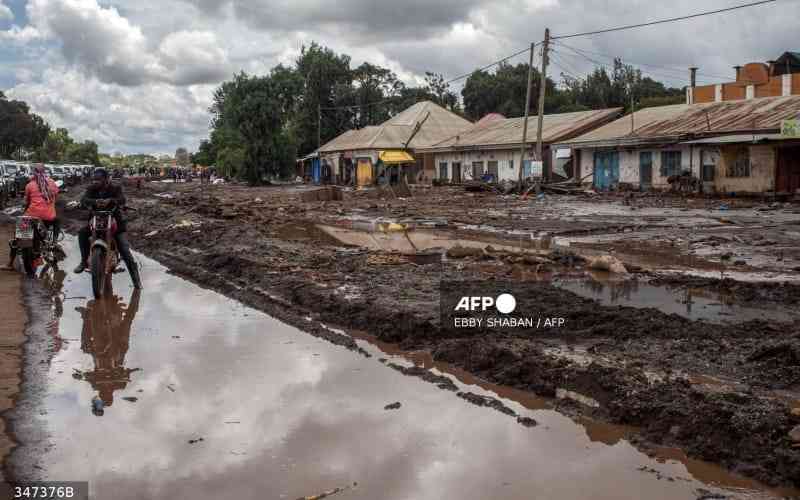Kenya: Any major urban area will experience myriad teething problems. Most of the problems are lack of adequate housing for all, which leads to the emergence of poor housing conditions.
This is more prevalent as one traverses a town from the central business district through the industrial area up to the residential zone.
From here you find low quality housing, followed by medium quality then suburbanised villages and later farm type houses in that order. In a nutshell, from the CBD to the village hamlet, a contrast of building types is witnessed.
The problem of substandard buildings has however, come to negate the general outlook of an urban place. These places are considered high risk zones for any serious real estate investors. It is not difficult to see why.
Character
Slums are characterised by poorly constructed, run-down, unsanitary and overcrowded shacks. Chances of illness, disease or crime are prevalent in such places owing to poor sanitary conditions.
Whereas home ownership is every individual’s goal, it’s an abuse of human rights for one to reside in places with inferior community services where there are bad schools, inadequate security, infrequent garbage collection, poor sewerage systems, no water and no recreational facilities.
Can credible financial institutions support real estate developers to invest in slums like the Bangladesh and Kibera in Mombasa and Nairobi respectively?
Financial analysts say land in slums tends to be a thorny issue that had been politicised with claims of it being communal land.
But can the central government, working jointly with county governments, engage in a slum eradication programme referred to as urban renewal? During the Jamhuri Day celebrations last December, claims were made that the Kibera slum is getting a facelift thanks to a Government initiative through the National Youth Service.
US Example
Slum upgrading requires financial and technical aid. In the case of United States where this programme was carried out, it was met with success and failure in equal measure. Cities would buy out homes in rundown neighbourhoods and then demolish all the houses. The cleared places would be resold for private development or public use.
In order to stimulate private developer interest, the resale price of such places would be pegged low, like a forth of the actual value, with local governments lowering taxes.
For a large slum, the authorities would use powers of eminent domain to force slum dwellers to sell their property to the Government for public use or resale for private use.
Stay informed. Subscribe to our newsletter
The displaced persons would be provided with decent, safe and sanitary housing at affordable prices and rents.
America’s urban renewal programme provided better housing for thousands of urban families. Schools, hospitals, parks and libraries were built where the ‘slums’ used to stand.
As to why a project like the Kibera slum upgrading project has dragged on for years, architect Peter Mungai says the problem has to do with cost sharing of premises. The living standards of slum dwellers remains the same while their houses might become too expensive to live in. “Job creation should have been the solution,” he says.
If the economic status of slum people improves, they are likely to move to better houses and residences, he adds.
He points out that the beneficiaries of the Kibera slum upgrading project ended up renting out their houses and moving back to slum. This, he says, created a situation known as ‘slum relocation’ whereby, when one end of slum is levelled to pave way for renewal, the other end expands with more shanties.
Critics have been quick to fault the Government over its choice of picking Kibera slum as the basis of its pilot model when other slums qualify.
It would be good if a way around slum upgrading could be found. The benefits of urban renewal far outweigh the disadvantages.
 The Standard Group Plc is a
multi-media organization with investments in media platforms spanning newspaper
print operations, television, radio broadcasting, digital and online services. The
Standard Group is recognized as a leading multi-media house in Kenya with a key
influence in matters of national and international interest.
The Standard Group Plc is a
multi-media organization with investments in media platforms spanning newspaper
print operations, television, radio broadcasting, digital and online services. The
Standard Group is recognized as a leading multi-media house in Kenya with a key
influence in matters of national and international interest.
 The Standard Group Plc is a
multi-media organization with investments in media platforms spanning newspaper
print operations, television, radio broadcasting, digital and online services. The
Standard Group is recognized as a leading multi-media house in Kenya with a key
influence in matters of national and international interest.
The Standard Group Plc is a
multi-media organization with investments in media platforms spanning newspaper
print operations, television, radio broadcasting, digital and online services. The
Standard Group is recognized as a leading multi-media house in Kenya with a key
influence in matters of national and international interest.








